Home>Gardening & Outdoor>Plant Care & Gardening Tips>What Native Plant Is Taking Over Parts Of The Everglades Due To Excess Nutrients
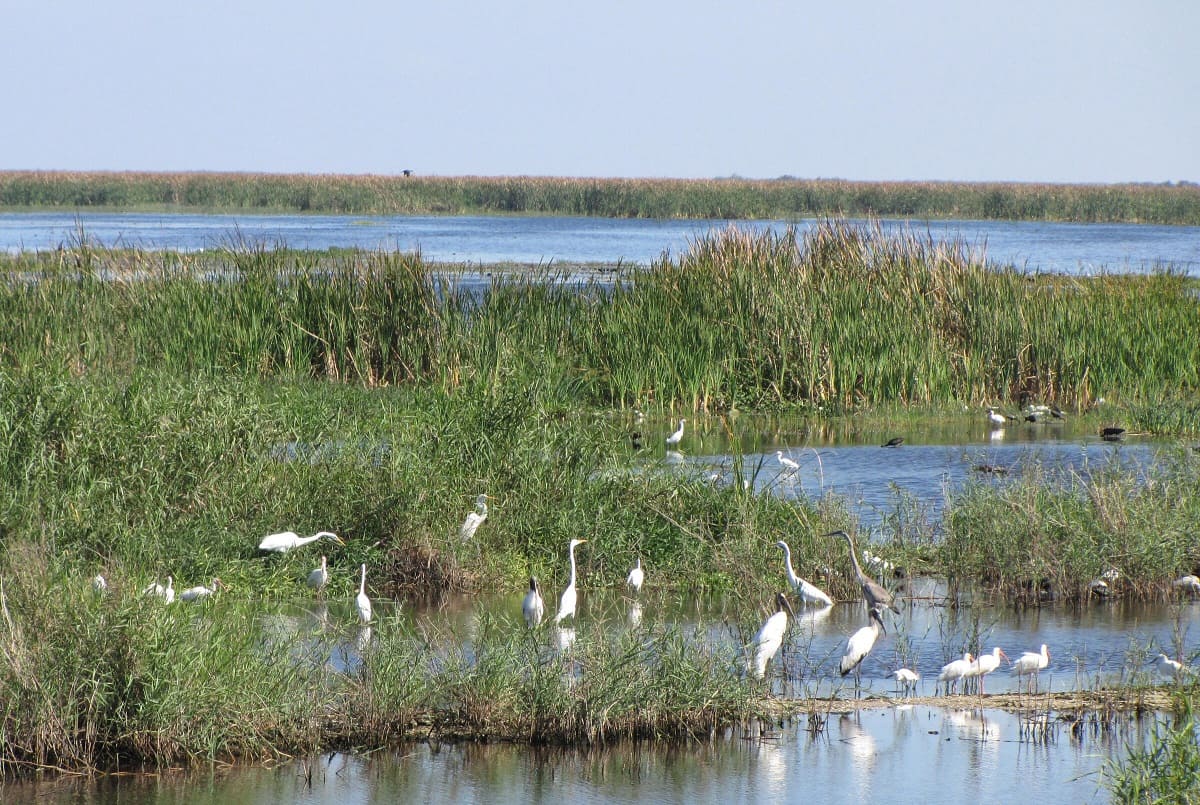

Plant Care & Gardening Tips
What Native Plant Is Taking Over Parts Of The Everglades Due To Excess Nutrients
Modified: January 4, 2024
Discover how excess nutrients are causing a native plant to overrun the Everglades. Learn plant care and gardening tips to prevent this ecological imbalance.
(Many of the links in this article redirect to a specific reviewed product. Your purchase of these products through affiliate links helps to generate commission for Storables.com, at no extra cost. Learn more)
Introduction
The Everglades, a unique and expansive ecosystem located in Southern Florida, is renowned for its unparalleled biodiversity and ecological significance. This vast wetland spans across 1.5 million acres, serving as a vital habitat for countless species of plants and animals, many of which are found nowhere else on Earth. However, the delicate balance of this natural wonder is under threat due to the proliferation of excess nutrients, leading to the dominance of a particular native plant species.
Amidst the serene beauty of the Everglades lies a concerning issue – the invasion of an indigenous plant that has been rapidly spreading across the region. This phenomenon has been attributed to the escalating levels of nutrients, particularly phosphorus and nitrogen, which are altering the ecological dynamics of this precious ecosystem.
In this article, we will delve into the intricate web of the Everglades, exploring the impact of nutrient pollution on its delicate balance, the invasive native plant species that is thriving in response to these changes, and the ongoing efforts to manage and conserve this unique environment. By understanding the complexities of this issue, we can gain insight into the challenges faced by this iconic ecosystem and the measures being taken to preserve its natural splendor for generations to come.
Key Takeaways:
- Nutrient pollution in the Everglades is causing a native plant called sawgrass to take over, disrupting the balance of the ecosystem and threatening the wildlife that call it home.
- Efforts to manage nutrient pollution and invasive plants in the Everglades are underway, including strategies to reduce agricultural runoff and restore natural water flow, aiming to preserve the unique biodiversity of this iconic ecosystem.
Read more: What Is A Non-Native Plant
The Everglades Ecosystem
The Everglades, often referred to as the “River of Grass,” is a sprawling expanse of subtropical wetlands, marshes, and prairies that encompasses a diverse array of habitats. This unique ecosystem is home to a rich tapestry of flora and fauna, including rare and endangered species such as the West Indian manatee, the American crocodile, and the elusive Florida panther. The interwoven network of marshes, mangroves, and interconnected waterways forms a complex and fragile ecosystem that is finely attuned to the natural ebb and flow of water.
The Everglades is renowned for its role in regulating water flow, filtering impurities, and providing a refuge for countless species. It serves as a crucial stopover for migratory birds and supports a myriad of plant species, from towering cypress trees to delicate orchids. The unique hydrological patterns, characterized by a slow and shallow flow of water, create a mosaic of habitats that sustain an astonishing diversity of life.
However, the Everglades is not immune to the pressures of human activity. Over the years, the delicate balance of this ecosystem has been disrupted by various factors, including urban development, agricultural runoff, and the introduction of non-native species. These challenges have tested the resilience of the Everglades, prompting a concerted effort to safeguard its ecological integrity.
As we delve deeper into the intricate web of the Everglades, it becomes evident that this natural wonder is not only a sanctuary for wildlife but also a barometer of environmental health. The delicate interplay of water, soil, and vegetation underscores the interconnectedness of this ecosystem, highlighting the need for sustainable conservation practices to ensure its continued vitality.
Nutrient Pollution in the Everglades
The Everglades, with its intricate web of waterways and marshlands, is particularly susceptible to the impacts of nutrient pollution. Historically, the natural flow of water through the Everglades acted as a natural filtration system, purifying the water and maintaining the delicate balance of nutrients. However, human activities, such as agricultural runoff, urban development, and industrial discharges, have significantly altered the nutrient dynamics within this ecosystem.
One of the primary contributors to nutrient pollution in the Everglades is the excessive input of phosphorus and nitrogen from various sources. Agricultural practices, including the use of fertilizers and the drainage of nutrient-rich water from farmlands, have led to an influx of these essential nutrients into the wetlands. Additionally, urban and suburban areas contribute to nutrient pollution through stormwater runoff, which carries fertilizers, pet waste, and other contaminants into the waterways of the Everglades.
These excess nutrients have far-reaching implications for the ecological balance of the Everglades. While phosphorus and nitrogen are essential for plant growth, an overabundance of these nutrients can trigger a cascade of ecological changes. The proliferation of algae, fueled by the influx of nutrients, can lead to algal blooms that disrupt the natural equilibrium of the ecosystem. This, in turn, affects the clarity of the water, the oxygen levels, and the overall health of the aquatic and terrestrial habitats.
Furthermore, the altered nutrient levels have favored the growth of certain plant species, including a native plant that has exhibited a remarkable capacity to thrive in response to the changing nutrient dynamics. The consequences of nutrient pollution extend beyond the immediate impact on water quality, encompassing the broader ecological dynamics of the Everglades and the species that depend on its delicate balance for survival.
As we confront the challenges posed by nutrient pollution in the Everglades, it becomes increasingly clear that concerted efforts are needed to mitigate the sources of nutrient input and restore the natural equilibrium of this iconic ecosystem. By addressing the root causes of nutrient pollution, we can work towards safeguarding the ecological integrity of the Everglades and preserving its invaluable contribution to the biodiversity of our planet.
Invasive Native Plant Species
Amidst the intricate tapestry of the Everglades, a native plant species has emerged as a formidable force, reshaping the landscape in response to the changing nutrient dynamics. The sawgrass (Cladium jamaicense), a quintessential component of the Everglades ecosystem, has exhibited a remarkable propensity to thrive in the presence of elevated nutrient levels, particularly phosphorus. This native plant, once a harmonious component of the wetland mosaic, has undergone a transformation, proliferating at an unprecedented rate and altering the composition of the marshes.
The sawgrass, characterized by its tall, razor-edged leaves and distinctive presence in the expansive marshlands, plays a pivotal role in the Everglades ecosystem. Traditionally, it coexisted with a diverse array of plant species, contributing to the intricate web of habitats that support a myriad of wildlife. However, the influx of nutrients has tipped the balance in favor of the sawgrass, enabling it to outcompete other plant species and dominate vast expanses of the wetlands.
The proliferation of sawgrass has led to a homogenization of the landscape, altering the structural and functional diversity of the marshes. This transformation has implications for the wildlife that depend on the varied habitats within the Everglades, potentially diminishing the availability of resources and disrupting the intricate ecological relationships that have evolved over millennia.
While the sawgrass is a native species, its unprecedented expansion in response to nutrient pollution has earned it the classification of an “invasive native plant.” This paradoxical designation underscores the complex interplay between natural processes and human-induced changes, highlighting the need for a nuanced approach to conservation and management.
The proliferation of the sawgrass serves as a poignant reminder of the far-reaching impacts of nutrient pollution on the delicate balance of ecosystems. It underscores the intricate and often unexpected ways in which native species respond to environmental changes, reshaping the dynamics of their habitats in the process.
As we navigate the complexities of managing invasive native plant species in the Everglades, it is imperative to adopt strategies that seek to restore the natural equilibrium of the wetlands while preserving the inherent value of the native flora. By understanding the ecological nuances of the sawgrass proliferation, we can develop targeted approaches to mitigate its dominance and promote the resilience of the diverse plant communities that define the Everglades.
Consider planting native species in your garden to help prevent the spread of invasive plants like the Brazilian pepper tree in the Everglades. This can help maintain the natural balance of the ecosystem.
Impact of Excess Nutrients on the Everglades
The proliferation of excess nutrients in the Everglades has reverberated across its intricate web of habitats, exerting a profound impact on the ecological dynamics of this iconic ecosystem. The influx of phosphorus and nitrogen, stemming from human activities such as agriculture and urban development, has precipitated a series of interconnected changes that have far-reaching implications for the delicate balance of the wetlands.
One of the primary consequences of excess nutrients is the proliferation of algal blooms, which can blanket the water’s surface, impeding the penetration of sunlight and altering the oxygen levels in the aquatic habitats. These algal blooms not only diminish the clarity of the water but also disrupt the photosynthetic processes of submerged plants, affecting the productivity of the entire ecosystem.
Furthermore, the altered nutrient levels have favored the growth of certain plant species, leading to the proliferation of the sawgrass and the homogenization of the marshlands. This transformation has repercussions for the diverse array of wildlife that depend on the mosaic of habitats within the Everglades, potentially diminishing the availability of resources and altering the ecological relationships that have evolved over millennia.
Moreover, the nutrient enrichment has cascading effects on the food web, influencing the distribution and abundance of species throughout the Everglades. The changes in plant composition and productivity can ripple through the ecosystem, impacting the foraging and nesting habitats of numerous bird species, the foraging grounds of aquatic organisms, and the overall resilience of the wetland communities.
As the impacts of excess nutrients manifest across the Everglades, it becomes increasingly evident that these changes are eroding the ecological resilience of this vital ecosystem. The delicate balance that has sustained the diverse array of flora and fauna is being tested, underscoring the urgent need for comprehensive measures to address the sources of nutrient pollution and mitigate its far-reaching effects.
By recognizing the multifaceted impacts of excess nutrients on the Everglades, we can chart a course towards restoring the ecological integrity of this iconic ecosystem. Through targeted conservation efforts and sustainable management practices, we can work towards preserving the intricate web of habitats that define the Everglades, ensuring its continued vitality for generations to come.
Read more: What Is A Native Plant In California
Management and Conservation Efforts
The preservation of the Everglades, with its unparalleled biodiversity and ecological significance, hinges on concerted efforts to address the challenges posed by nutrient pollution and the proliferation of invasive native plant species. Recognizing the urgency of this endeavor, a multifaceted approach encompassing restoration, management, and conservation initiatives has been set in motion to safeguard the ecological integrity of this iconic ecosystem.
One of the pivotal strategies in managing nutrient pollution in the Everglades involves the implementation of best management practices in agriculture to reduce the runoff of fertilizers and other nutrient-rich substances. These practices, ranging from precision application of fertilizers to the creation of buffer zones, aim to minimize the impact of agricultural activities on the water quality of the Everglades.
Furthermore, extensive restoration efforts are underway to reestablish the natural hydrological patterns within the Everglades, aiming to mimic the historic flow of water that once characterized this unique ecosystem. These initiatives, which involve the construction of reservoirs, the modification of water control structures, and the enhancement of natural filtration systems, seek to mitigate the impacts of nutrient pollution and restore the ecological balance of the wetlands.
In addressing the proliferation of invasive native plant species, such as the sawgrass, targeted management strategies are being employed to mitigate their dominance and promote the resilience of the diverse plant communities within the Everglades. These approaches encompass the selective removal of invasive species, the restoration of native habitats, and the implementation of adaptive management practices to mitigate the impacts of nutrient pollution on plant composition.
Moreover, public awareness and community engagement play a pivotal role in the conservation of the Everglades. Educational programs, outreach initiatives, and collaborative partnerships with local stakeholders serve to foster a sense of stewardship and responsibility towards this invaluable ecosystem, mobilizing support for its preservation and sustainable management.
As we navigate the complexities of managing nutrient pollution and invasive native plant species in the Everglades, it is imperative to adopt an integrated and adaptive approach that considers the ecological nuances of this iconic ecosystem. By combining scientific research, innovative technologies, and community involvement, we can work towards preserving the ecological integrity of the Everglades and ensuring its continued vitality for future generations.
Conclusion
The Everglades, a natural wonder of immeasurable ecological significance, stands as a testament to the intricate interplay of water, soil, and life. However, the delicate balance of this iconic ecosystem is under siege due to the proliferation of excess nutrients and the resulting dominance of an invasive native plant species. The far-reaching impacts of nutrient pollution have reshaped the landscape, altering the ecological dynamics of the wetlands and posing significant challenges to the diverse array of flora and fauna that call the Everglades home.
Amidst these challenges, a concerted effort is underway to address the root causes of nutrient pollution and manage the proliferation of invasive native plant species. Through a multifaceted approach encompassing restoration, management, and conservation initiatives, strides are being made to safeguard the ecological integrity of the Everglades and preserve its invaluable contribution to the biodiversity of our planet.
As we navigate the complexities of this endeavor, it becomes increasingly clear that the preservation of the Everglades is not merely a matter of ecological stewardship but a testament to our commitment to safeguarding the natural wonders that enrich our world. By recognizing the intricate web of habitats, the delicate balance of species, and the interconnectedness of ecological processes within the Everglades, we gain insight into the imperative of sustainable conservation practices and the preservation of our natural heritage.
The challenges posed by nutrient pollution and invasive native plant species in the Everglades serve as a poignant reminder of the profound impact of human activities on the natural world. However, they also underscore the resilience of nature and the potential for restoration and renewal. Through collaborative efforts, innovative solutions, and a shared commitment to environmental stewardship, we can work towards ensuring the continued vitality of the Everglades for generations to come.
As we embark on this journey of conservation and preservation, let us draw inspiration from the enduring resilience of the Everglades and strive to be steadfast guardians of this irreplaceable ecosystem. By embracing the complexities of this endeavor and championing the cause of sustainable management, we can uphold the legacy of the Everglades as a beacon of ecological diversity and a testament to the enduring harmony of nature.
Frequently Asked Questions about What Native Plant Is Taking Over Parts Of The Everglades Due To Excess Nutrients
Was this page helpful?
At Storables.com, we guarantee accurate and reliable information. Our content, validated by Expert Board Contributors, is crafted following stringent Editorial Policies. We're committed to providing you with well-researched, expert-backed insights for all your informational needs.
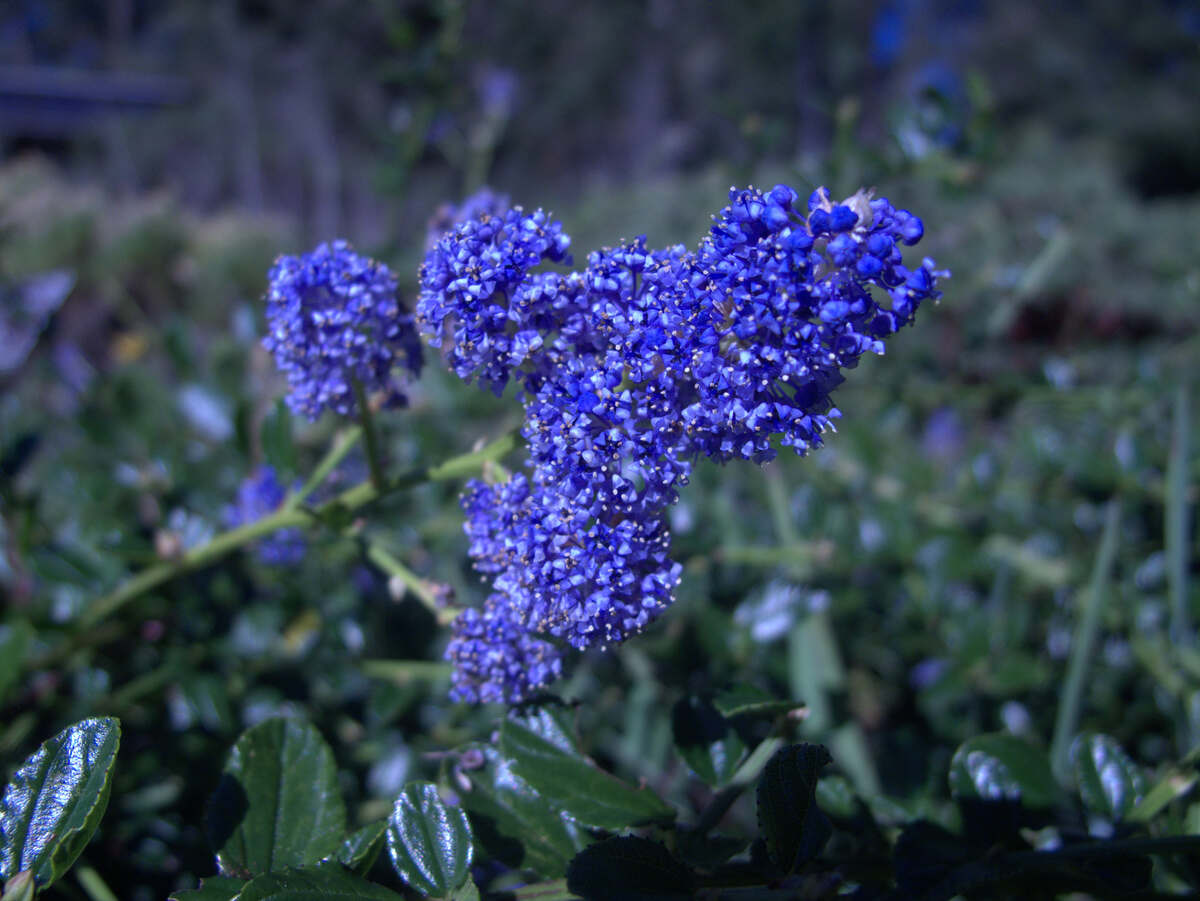
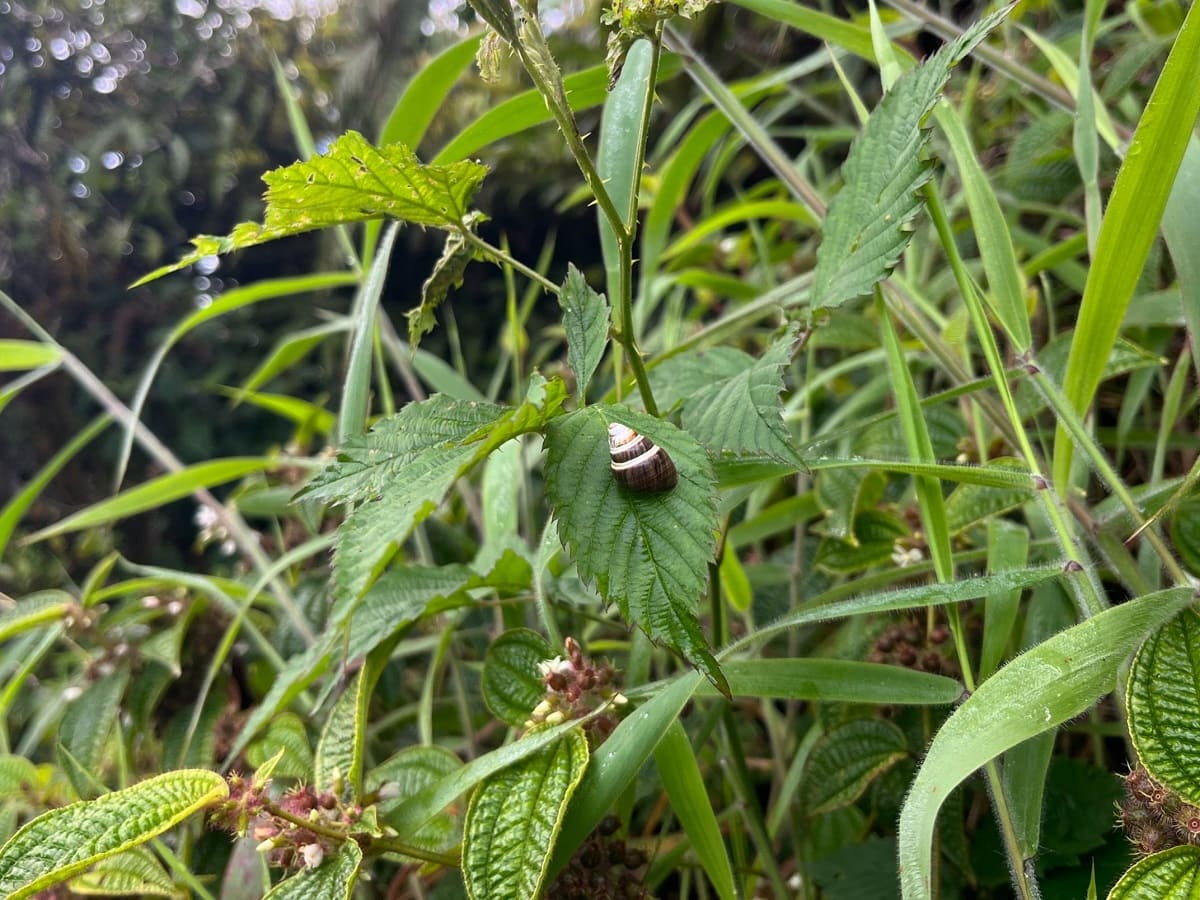
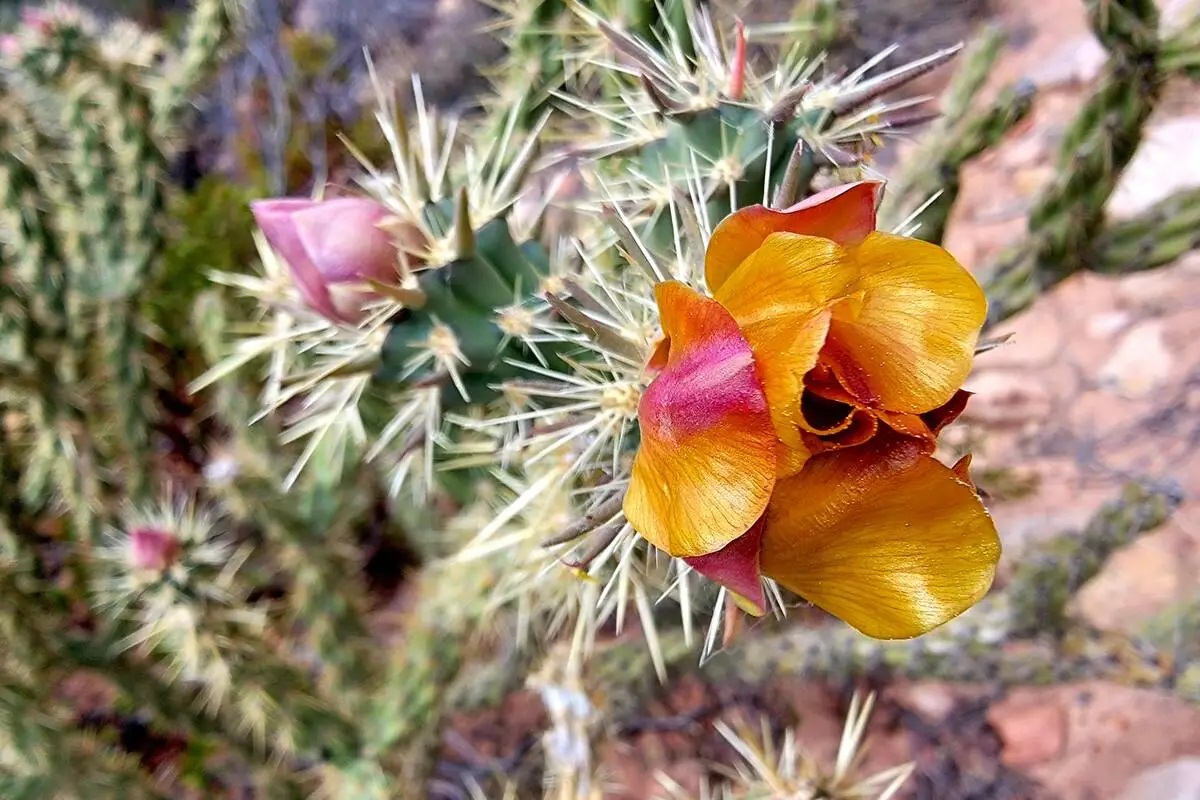
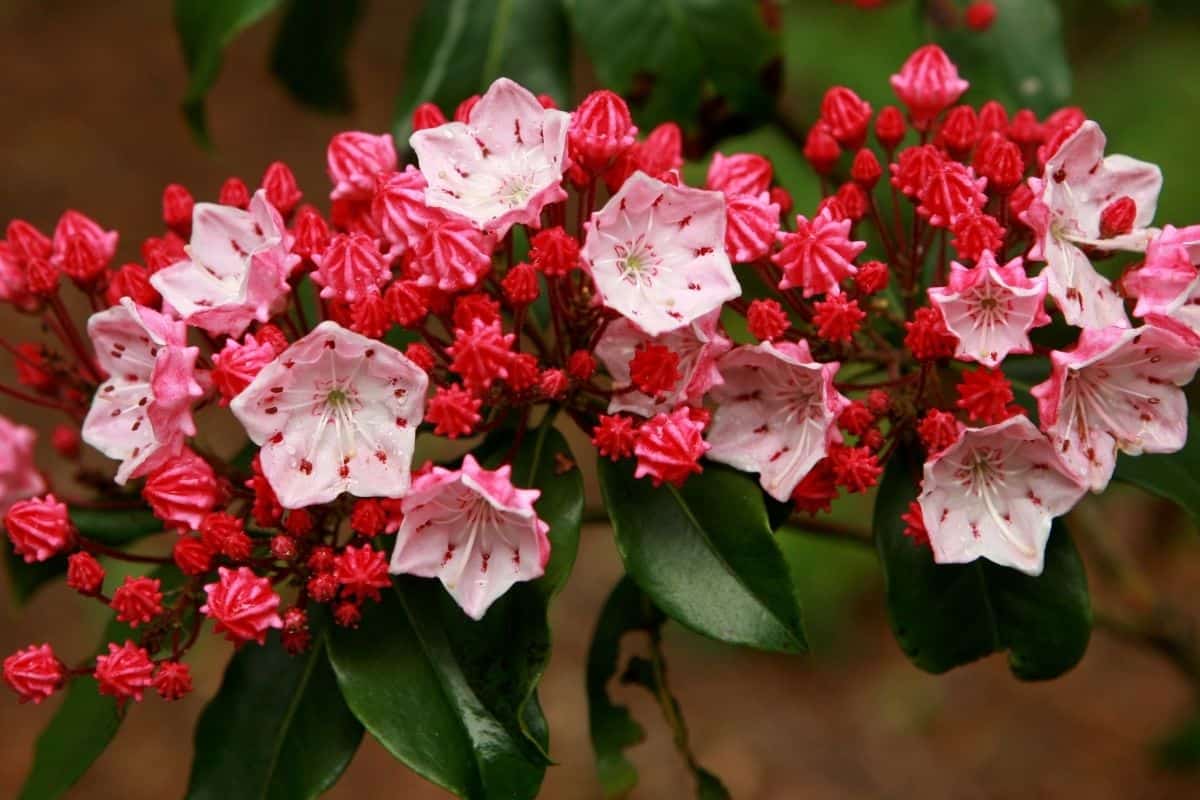

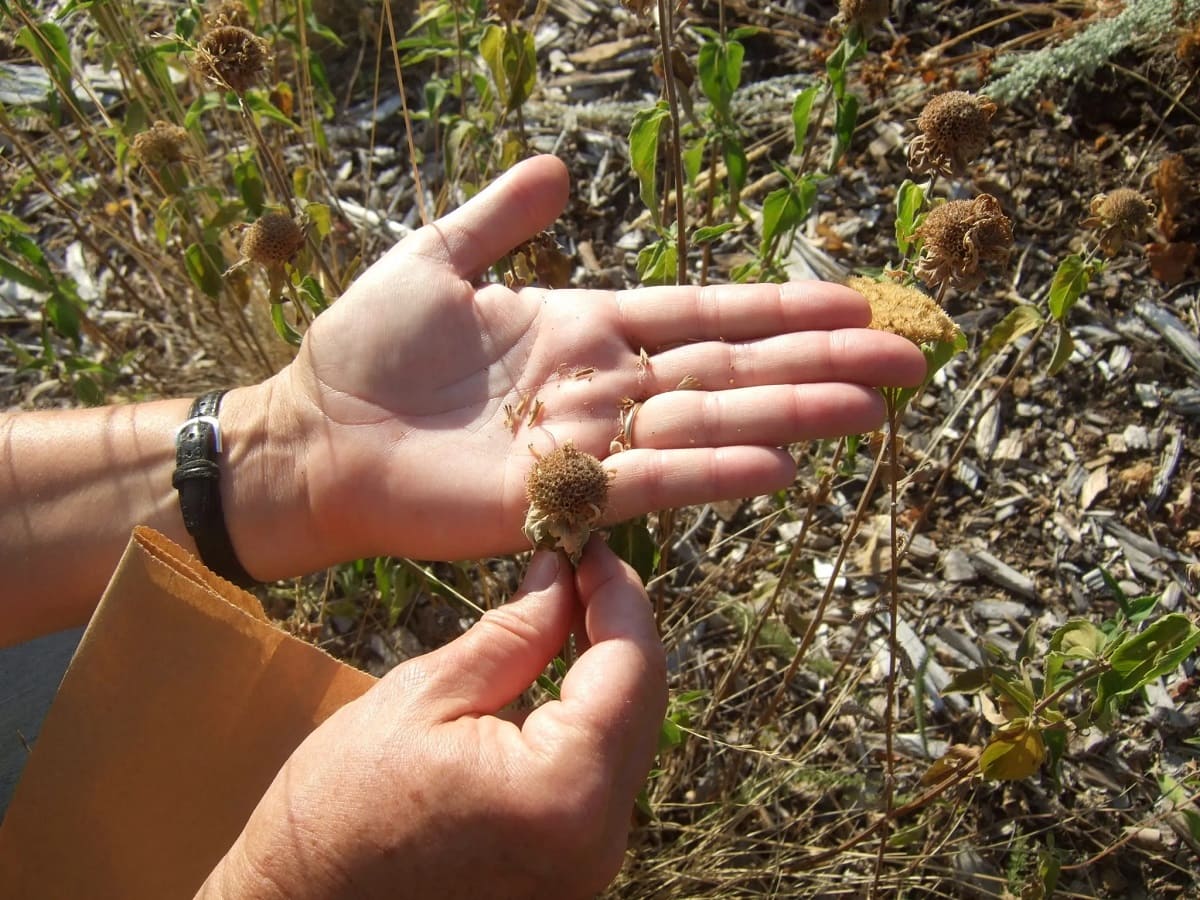

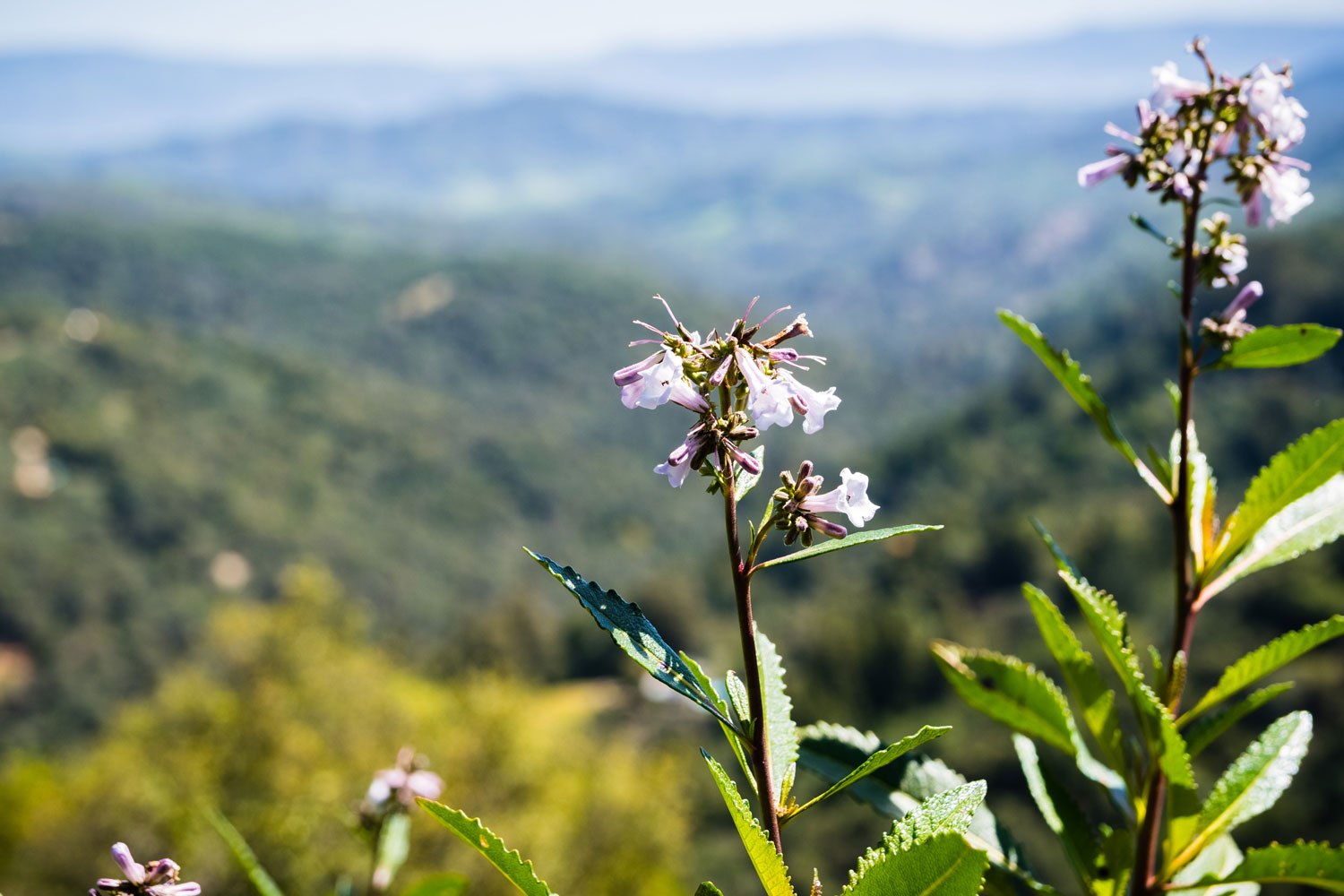
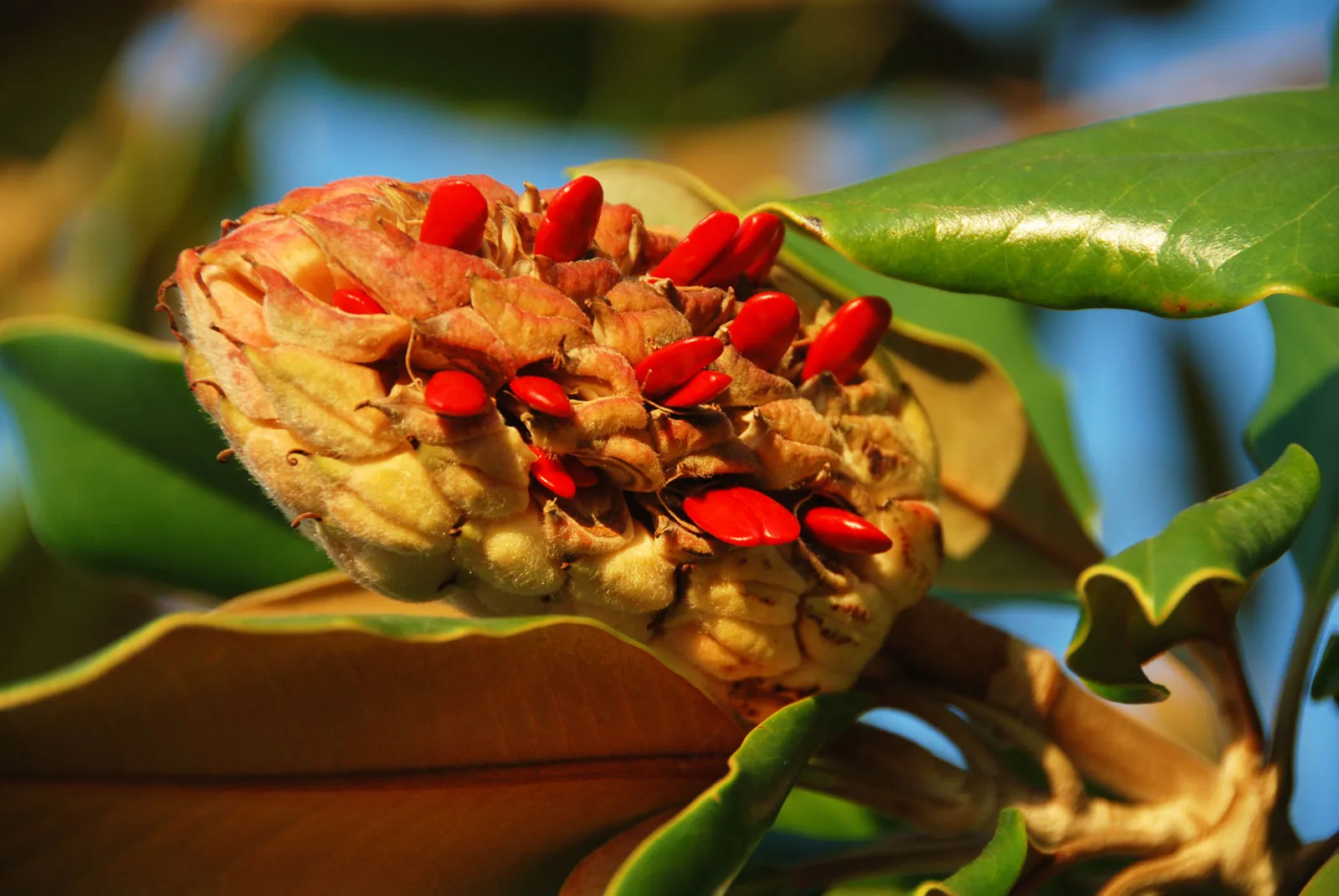

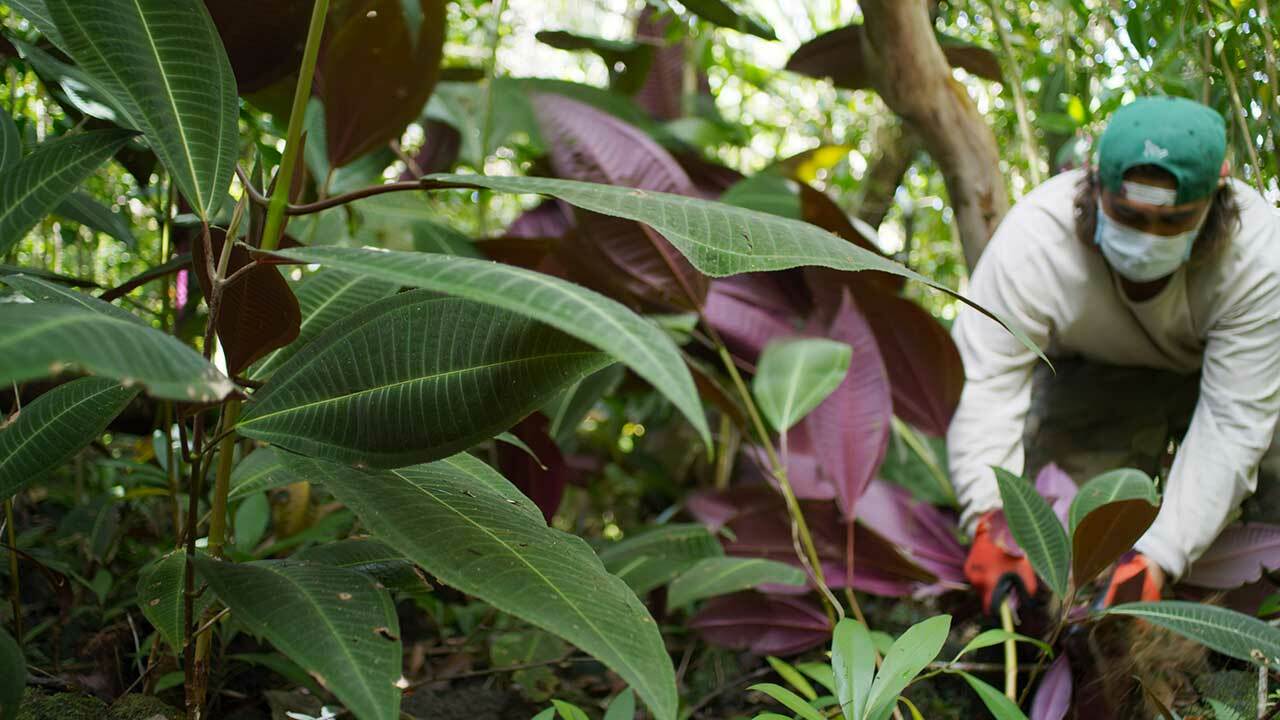
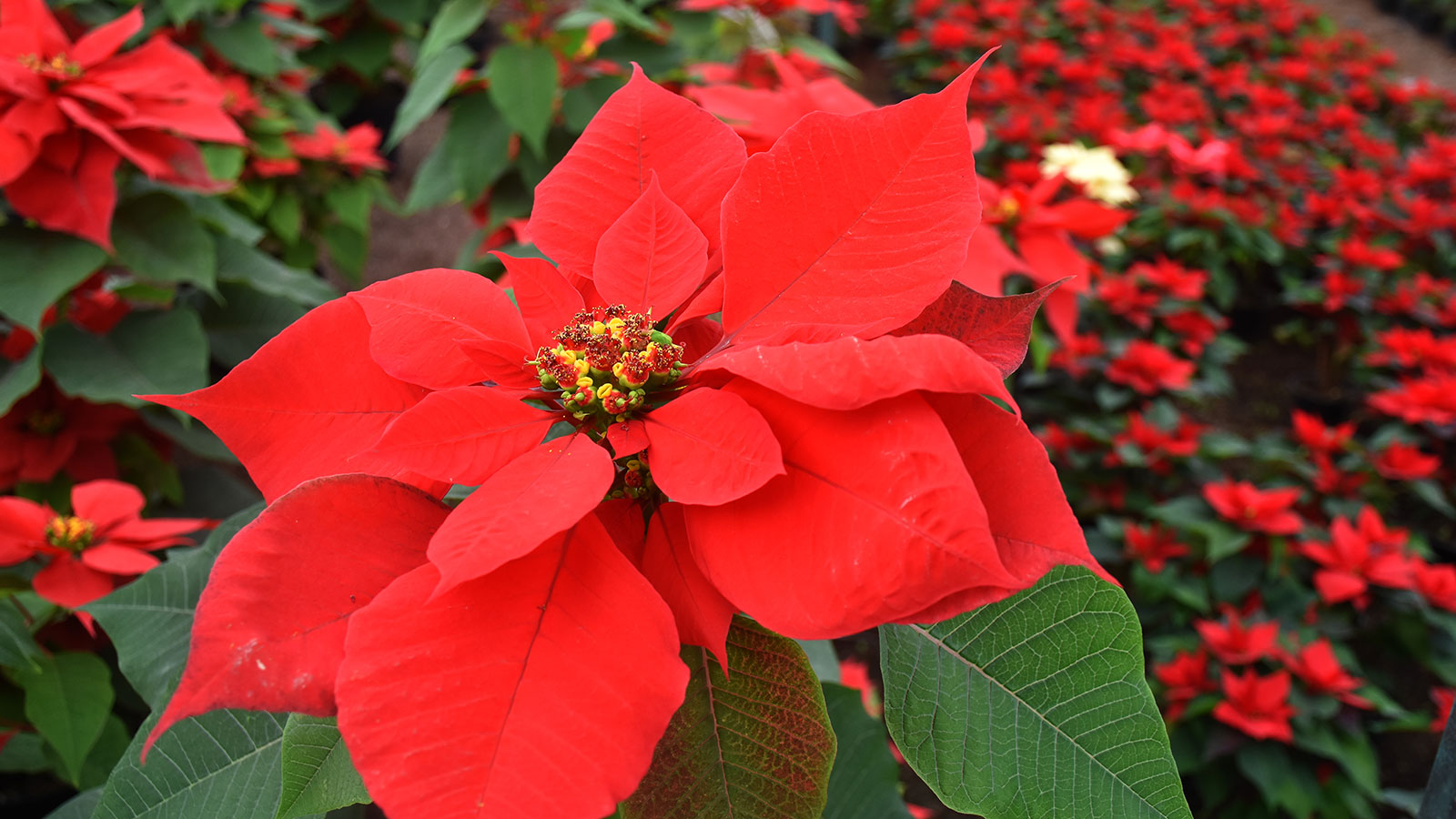

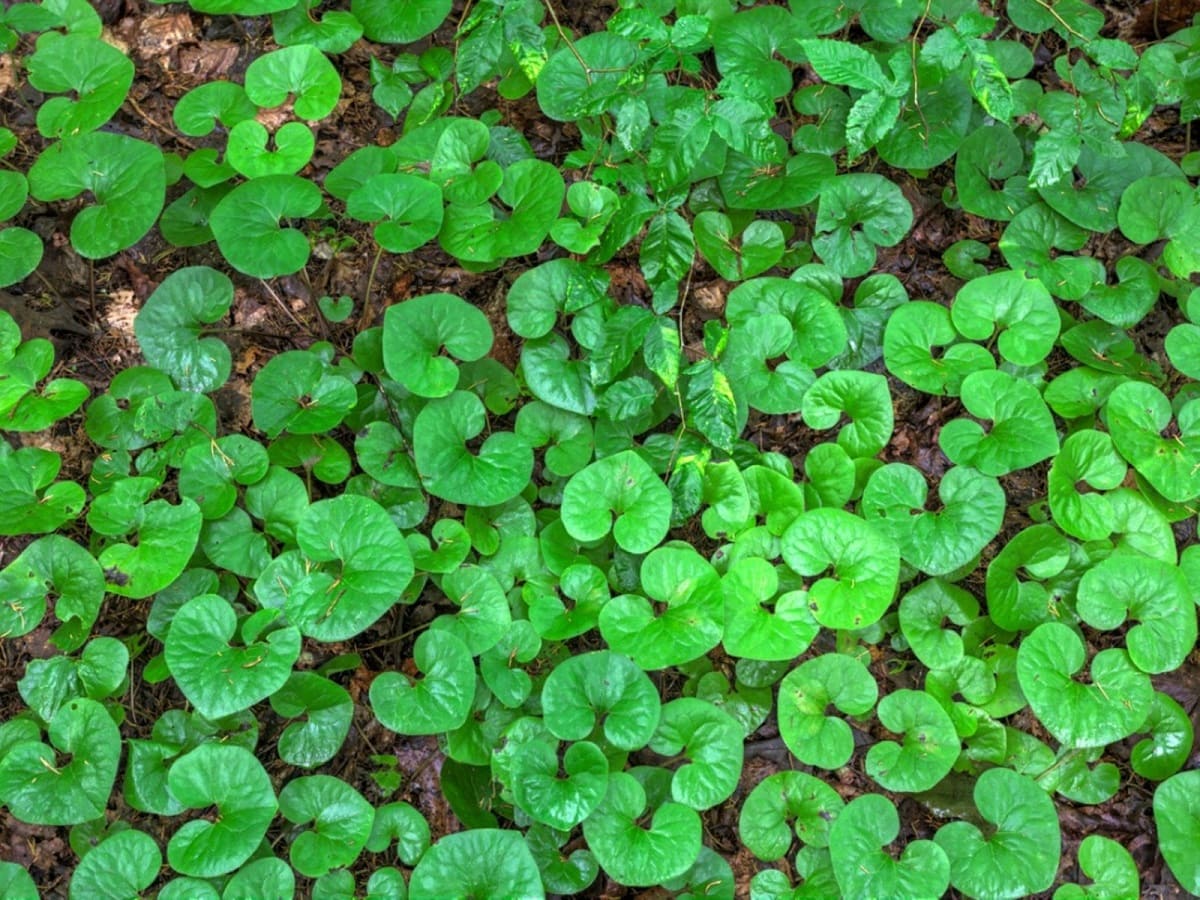

0 thoughts on “What Native Plant Is Taking Over Parts Of The Everglades Due To Excess Nutrients”